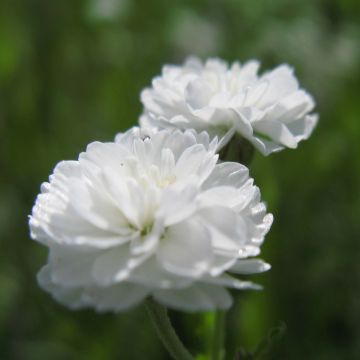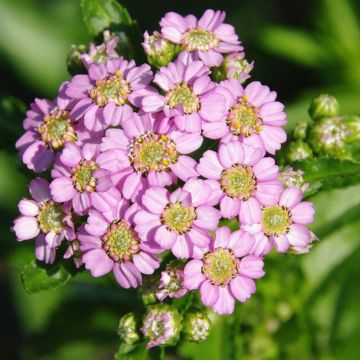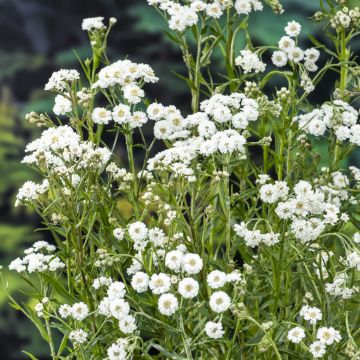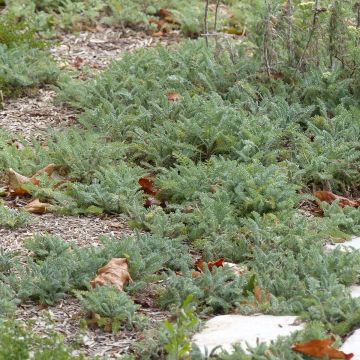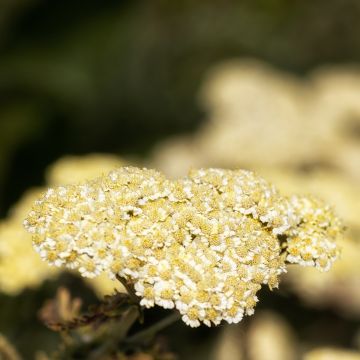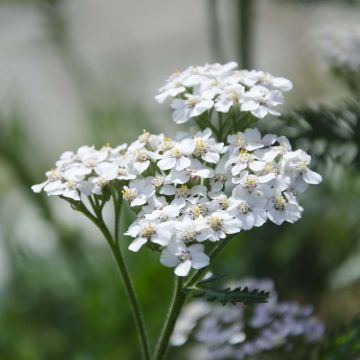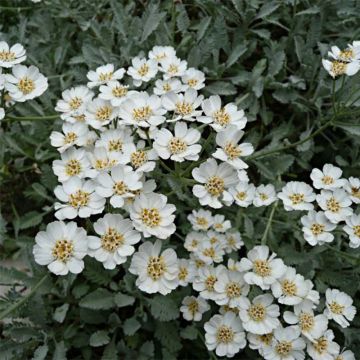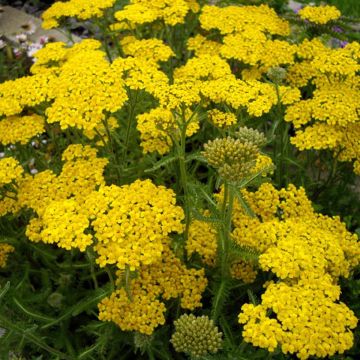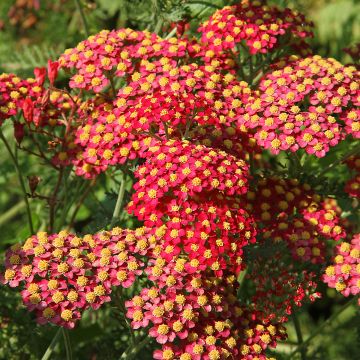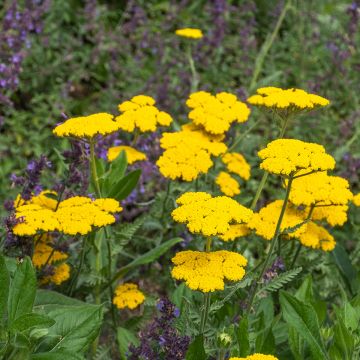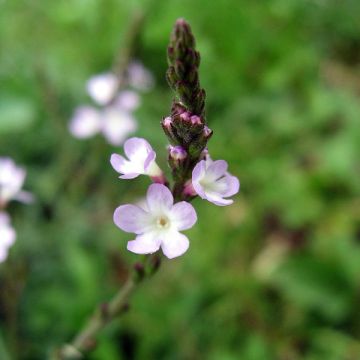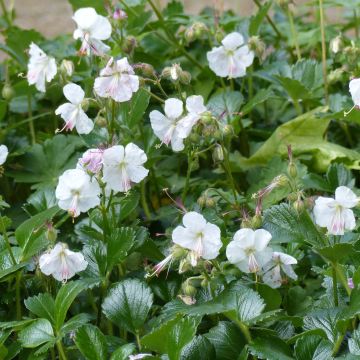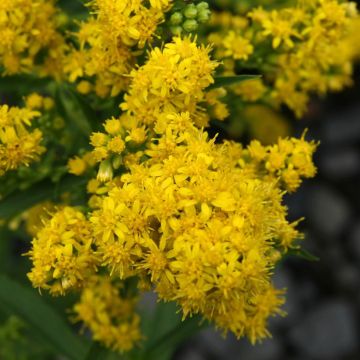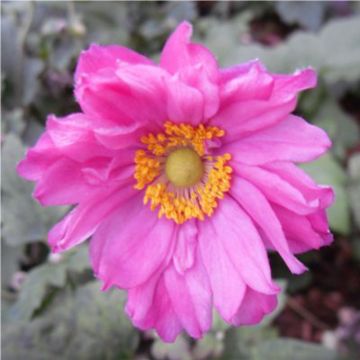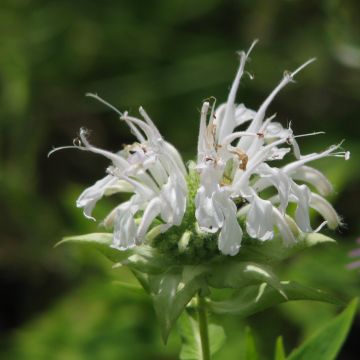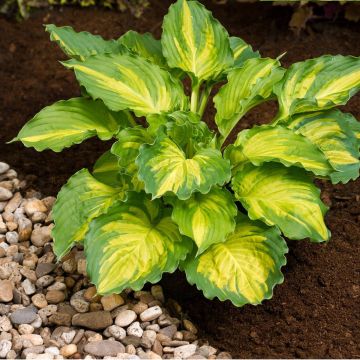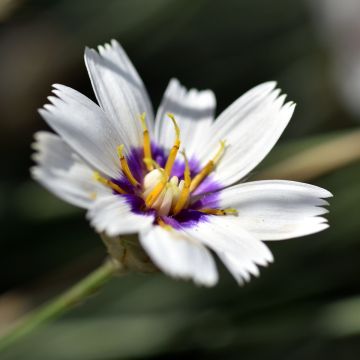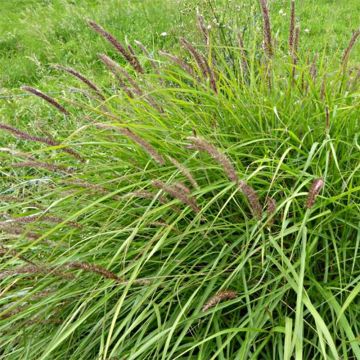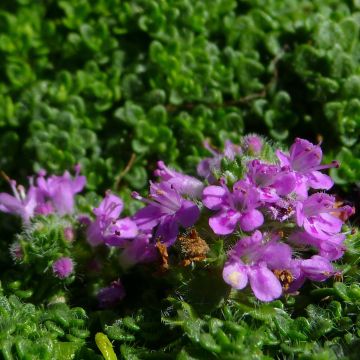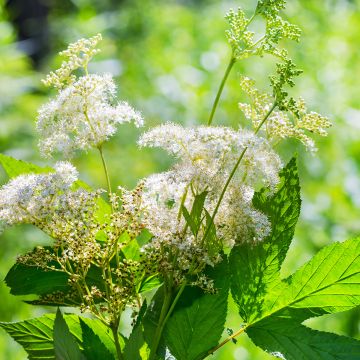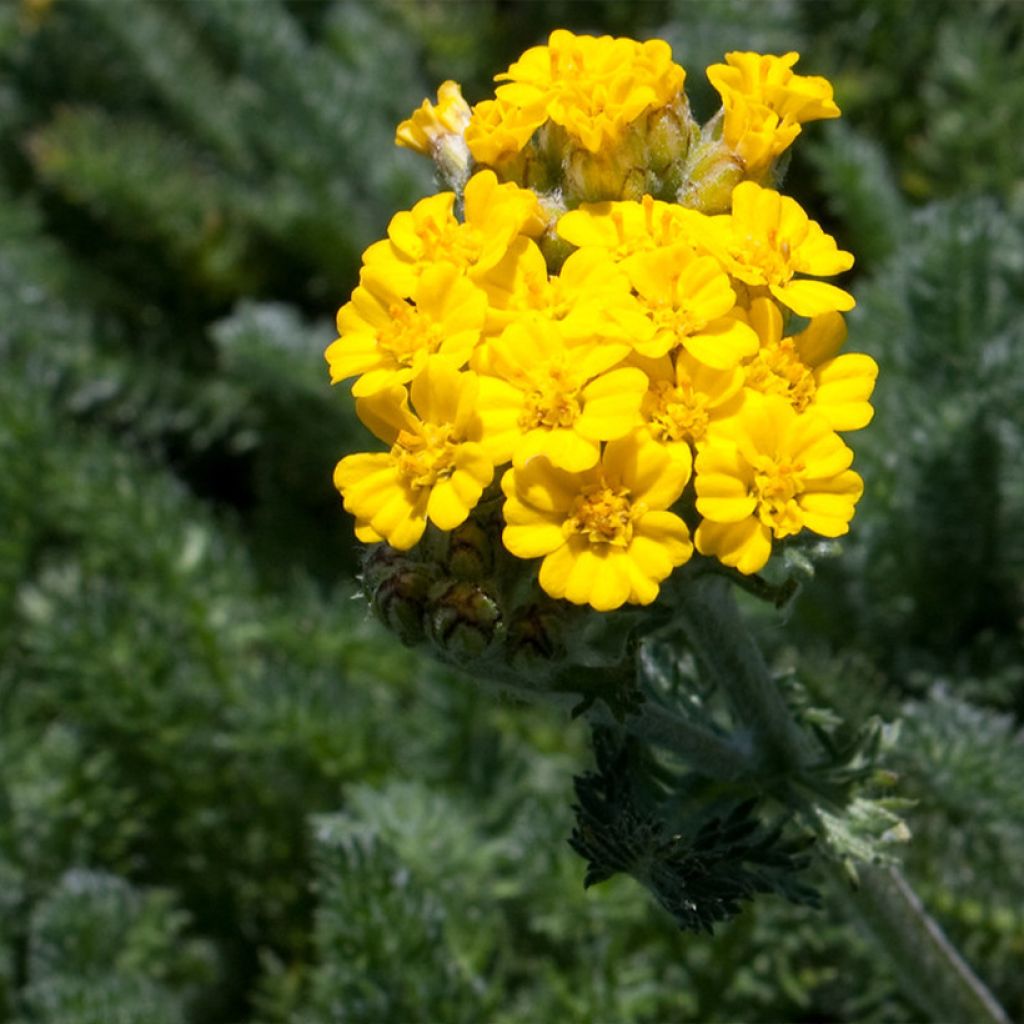

Achillée laineuse Aurea (Maynard's Gold) - Achillea tomentosa
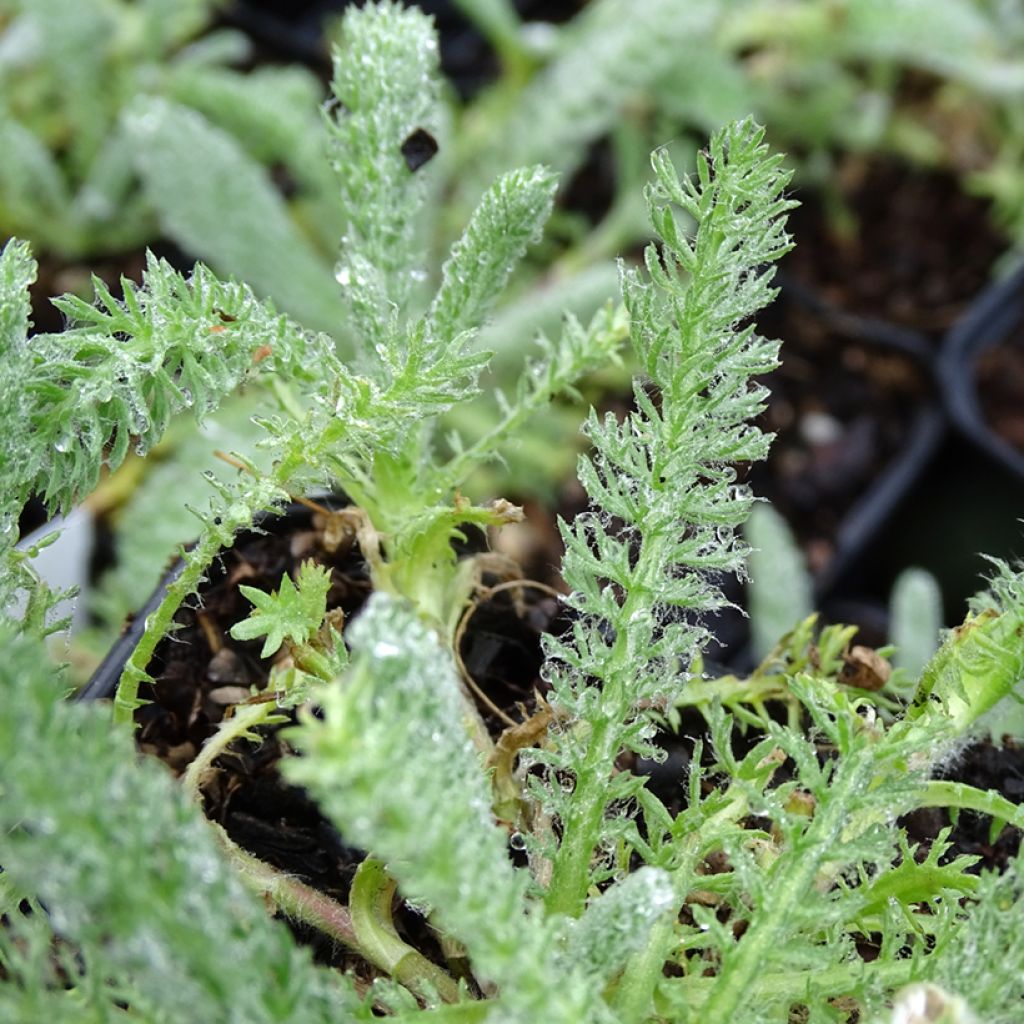

Achillea tomentosa Aurea (Maynard's Gold) - Achillée laineuse
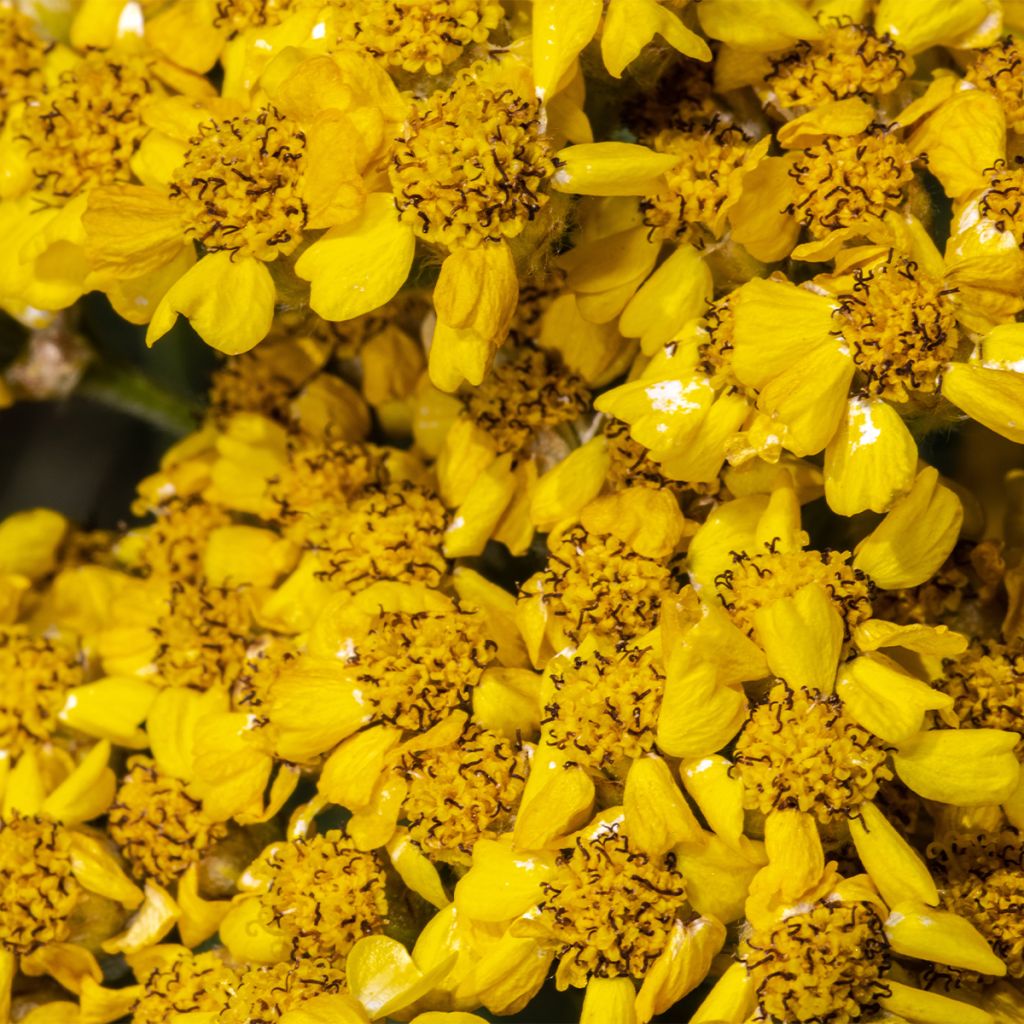

Achillée laineuse Aurea (Maynard's Gold) - Achillea tomentosa
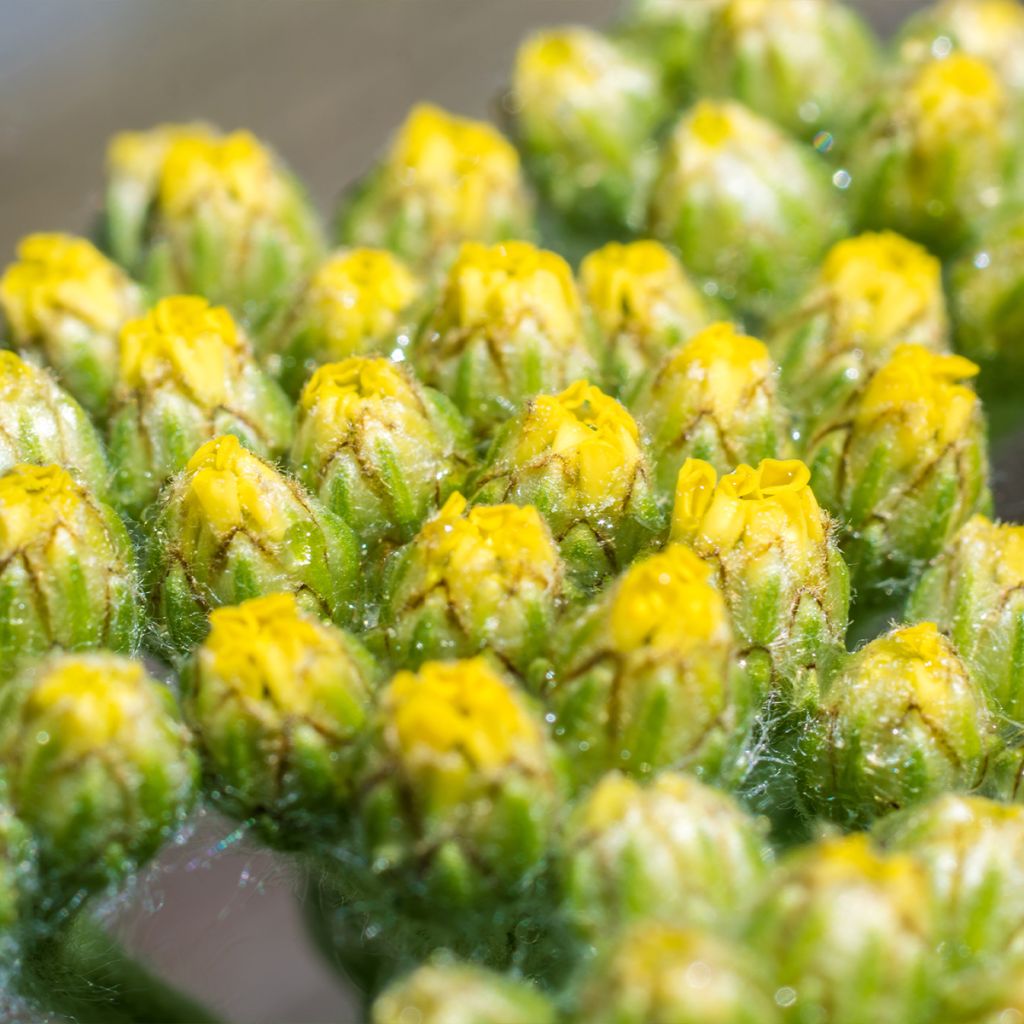

Achillée laineuse Aurea (Maynard's Gold) - Achillea tomentosa
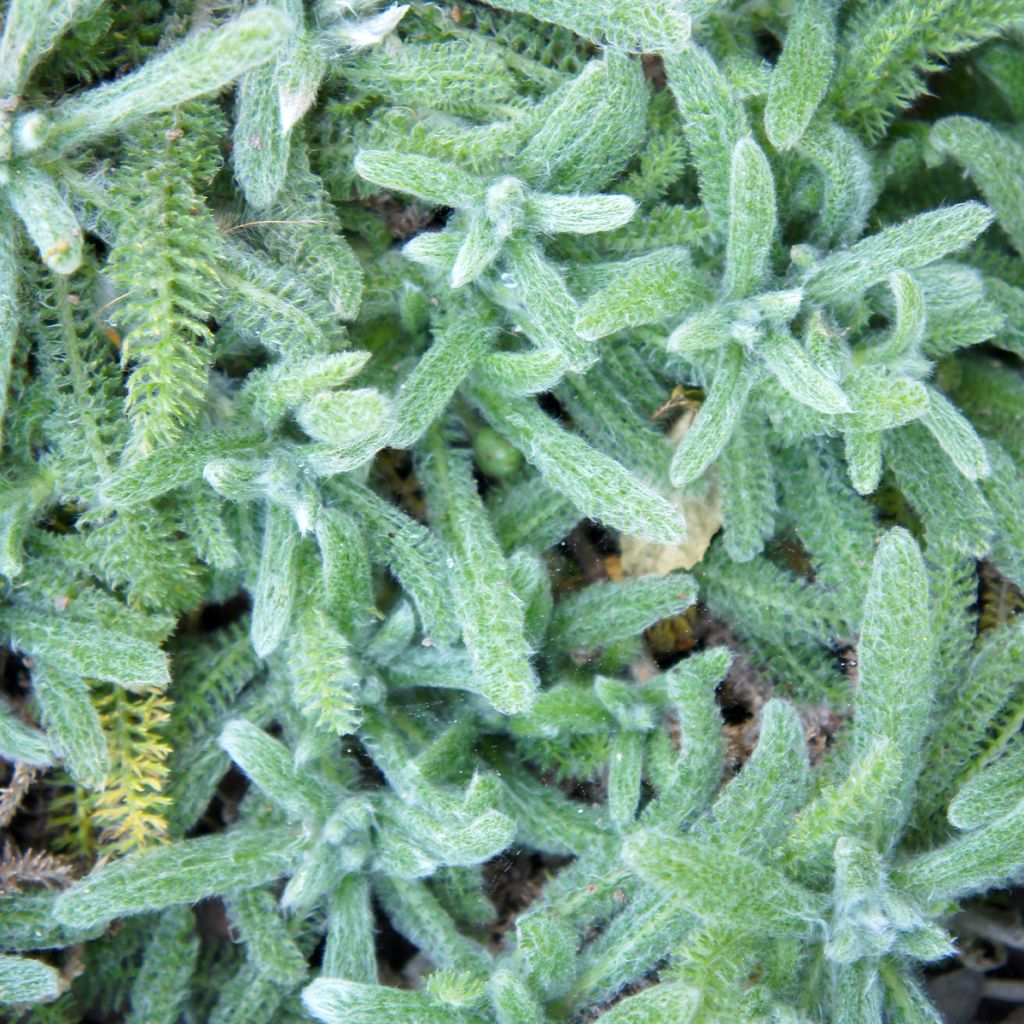

Achillée laineuse Aurea (Maynard's Gold) - Achillea tomentosa
Achillea tomentosa Aurea Maynards Gold
Achillea tomentosa Aurea
Woolly Yarrow, Yellow Yarrow, Dwarf Yarrow
This item cannot be shipped to the selected country
Delivery charge from €5.90
More information
Schedule delivery date,
and select date in basket
This plant carries a 12 months recovery warranty
More information
We guarantee the quality of our plants for a full growing cycle, and will replace at our expense any plant that fails to recover under normal climatic and planting conditions.
From €5.90 for pickup delivery and €6.90 for home delivery
Express home delivery from €8.90.

Does this plant fit my garden?
Set up your Plantfit profile →
Description
The Achillea tomentosa Aurea (also known as Maynard's Gold) is a selection of woolly yarrow, more compact than the typical variety, with shorter flower stems. It is a small evergreen perennial with delicate foliage, forming a dense, fluffy, silvery-grey-green carpet that is as soft to the touch as pleasing to the eye. In late spring or early summer, depending on the climate, this plant comes to life with golden-yellow umbels. Drought-tolerant and hardy, this yarrow is perfect for rock gardens, edging pathways or borders, between paving stones, or to cover dry and less trafficked areas of the garden. Provide it with well-drained, poor, rocky, or sandy soil.
The Maynard's Gold woolly yarrow belongs, like all yarrows, to the Aster family. Its wild ancestor is native to the mountains of southwestern Europe. In the wild, this plant is found in dry areas (meadows, thickets, and forest clearings) or more humid areas on sandy or rocky soils up to 2000 m (6562ft) above sea level. The Aurea woolly yarrow is a perennial that suckers and layers slowly, forming a compact 4-5 cm (2in) carpet that can withstand moderate foot traffic. The foliage dries up and disappears in summer if it gets too dry, and the plant goes dormant until the rains return. With occasional summer watering, a lush carpet of vegetation can thrive year-round. The finely cut foliage, green in winter, is then covered with abundant white hair. This thick wool gives the leaves a remarkable silvery-grey colour in late spring and summer. Flowering is more or less springtime, depending on the climate; in areas with warmer weather, the flowering period extends from April to May; in harsher climates, it flowers between June and early September. From the carpet of leaves emerge 20 cm (8in) tall flower stems that produce compact, rounded flower heads in 5-6 cm (2in) umbels, bearing many tiny bright yellow flowers.
Perfectly hardy, this Maynard's Gold woolly yarrow is sensitive to heavy, poorly drained, moist soils in winter. The plant naturally attracts aphids to the point that it is used in organic gardening to prevent or deter attacks on other plants. Undemanding, it adapts to well-drained soil in full sun or partial shade. Under these conditions, it is an excellent plant for ground cover, greening slopes or dry areas of the garden. It can be combined with other plants that can be used as an alternative to lawns, as its leaves produce chemicals that inhibit the germination and growth of weeds.
Report an error about the product description
Flowering
Foliage
Plant habit
Botanical data
Achillea
tomentosa
Aurea
Asteraceae
Woolly Yarrow, Yellow Yarrow, Dwarf Yarrow
Achillea tomentosa 'Maynard's Gold'
Cultivar or hybrid
Other Achillea
Planting and care
To plant your Achillea tomentosa Maynard's Gold, pick a sunny area with well-draining soil that isn't too rich, rocky, or sandy. If your soil is wet and clay-like in winter, it's unsuitable for the plant. Using limestone soil is fine. Water generously during the planting, and check it regularly for the first few weeks. After that, you can let it rely on the rain. If you live in a hot and dry climate, the plant may go dormant, and the leaves can dry out. To keep it looking good, you should water it. Trim the edges of the plant and remove faded flowers to keep it compact. The ideal density for planting is nine plants per square metre. To make new plants, divide or cut the old ones in late winter.
Planting period
Intended location
Care
This item has not been reviewed yet - be the first to leave a review about it.
Summer flowering perennials
Haven't found what you were looking for?
Hardiness is the lowest winter temperature a plant can endure without suffering serious damage or even dying. However, hardiness is affected by location (a sheltered area, such as a patio), protection (winter cover) and soil type (hardiness is improved by well-drained soil).

Photo Sharing Terms & Conditions
In order to encourage gardeners to interact and share their experiences, Promesse de fleurs offers various media enabling content to be uploaded onto its Site - in particular via the ‘Photo sharing’ module.
The User agrees to refrain from:
- Posting any content that is illegal, prejudicial, insulting, racist, inciteful to hatred, revisionist, contrary to public decency, that infringes on privacy or on the privacy rights of third parties, in particular the publicity rights of persons and goods, intellectual property rights, or the right to privacy.
- Submitting content on behalf of a third party;
- Impersonate the identity of a third party and/or publish any personal information about a third party;
In general, the User undertakes to refrain from any unethical behaviour.
All Content (in particular text, comments, files, images, photos, videos, creative works, etc.), which may be subject to property or intellectual property rights, image or other private rights, shall remain the property of the User, subject to the limited rights granted by the terms of the licence granted by Promesse de fleurs as stated below. Users are at liberty to publish or not to publish such Content on the Site, notably via the ‘Photo Sharing’ facility, and accept that this Content shall be made public and freely accessible, notably on the Internet.
Users further acknowledge, undertake to have ,and guarantee that they hold all necessary rights and permissions to publish such material on the Site, in particular with regard to the legislation in force pertaining to any privacy, property, intellectual property, image, or contractual rights, or rights of any other nature. By publishing such Content on the Site, Users acknowledge accepting full liability as publishers of the Content within the meaning of the law, and grant Promesse de fleurs, free of charge, an inclusive, worldwide licence for the said Content for the entire duration of its publication, including all reproduction, representation, up/downloading, displaying, performing, transmission, and storage rights.
Users also grant permission for their name to be linked to the Content and accept that this link may not always be made available.
By engaging in posting material, Users consent to their Content becoming automatically accessible on the Internet, in particular on other sites and/or blogs and/or web pages of the Promesse de fleurs site, including in particular social pages and the Promesse de fleurs catalogue.
Users may secure the removal of entrusted content free of charge by issuing a simple request via our contact form.
The flowering period indicated on our website applies to countries and regions located in USDA zone 8 (France, the United Kingdom, Ireland, the Netherlands, etc.)
It will vary according to where you live:
- In zones 9 to 10 (Italy, Spain, Greece, etc.), flowering will occur about 2 to 4 weeks earlier.
- In zones 6 to 7 (Germany, Poland, Slovenia, and lower mountainous regions), flowering will be delayed by 2 to 3 weeks.
- In zone 5 (Central Europe, Scandinavia), blooming will be delayed by 3 to 5 weeks.
In temperate climates, pruning of spring-flowering shrubs (forsythia, spireas, etc.) should be done just after flowering.
Pruning of summer-flowering shrubs (Indian Lilac, Perovskia, etc.) can be done in winter or spring.
In cold regions as well as with frost-sensitive plants, avoid pruning too early when severe frosts may still occur.
The planting period indicated on our website applies to countries and regions located in USDA zone 8 (France, United Kingdom, Ireland, Netherlands).
It will vary according to where you live:
- In Mediterranean zones (Marseille, Madrid, Milan, etc.), autumn and winter are the best planting periods.
- In continental zones (Strasbourg, Munich, Vienna, etc.), delay planting by 2 to 3 weeks in spring and bring it forward by 2 to 4 weeks in autumn.
- In mountainous regions (the Alps, Pyrenees, Carpathians, etc.), it is best to plant in late spring (May-June) or late summer (August-September).
The harvesting period indicated on our website applies to countries and regions in USDA zone 8 (France, England, Ireland, the Netherlands).
In colder areas (Scandinavia, Poland, Austria...) fruit and vegetable harvests are likely to be delayed by 3-4 weeks.
In warmer areas (Italy, Spain, Greece, etc.), harvesting will probably take place earlier, depending on weather conditions.
The sowing periods indicated on our website apply to countries and regions within USDA Zone 8 (France, UK, Ireland, Netherlands).
In colder areas (Scandinavia, Poland, Austria...), delay any outdoor sowing by 3-4 weeks, or sow under glass.
In warmer climes (Italy, Spain, Greece, etc.), bring outdoor sowing forward by a few weeks.

































